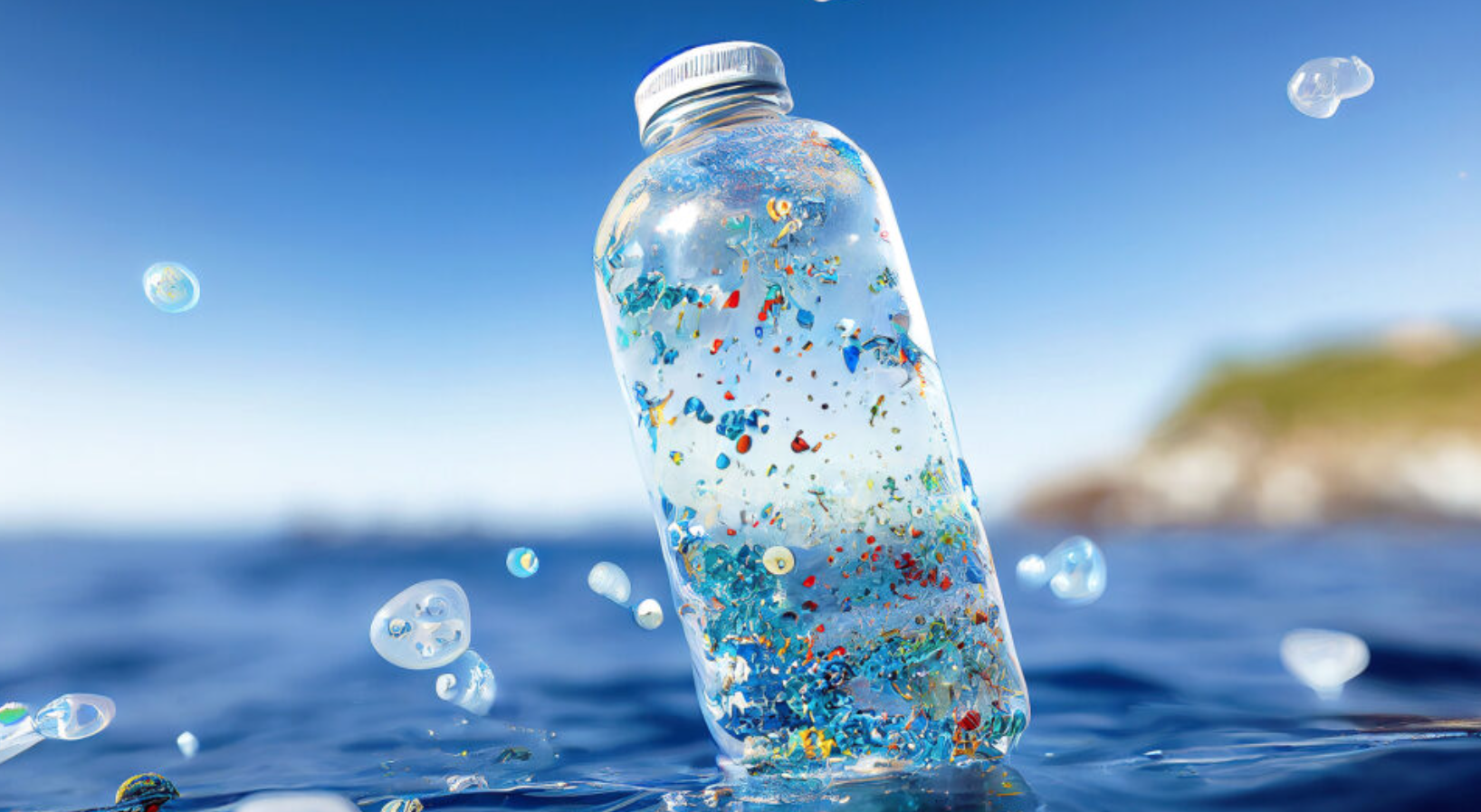Bottled drinking water contains significantly more microscopic plastics than previously thought. Columbia University’s Lamont-Doherty laboratory used advanced imaging technology to examine water samples from three widely-used brands.
The study found an alarming number of plastic bits per liter of water, many of which are small enough to be classified as nanoplastics.
Worldwide, we produce nearly 400 million metric tons of plastic annually. Over 30 million tons end up in water or on land each year. Products like synthetic textiles shed plastic particles even during use. Unlike organic materials, plastics don’t break down into harmless substances. They just keep splitting into tinier pieces of the same chemicals. There’s no limit to how small these particles can become.
Nanoplastics, tiny yet mighty, sneak into our cells and brains. It’s not just about the fish anymore; everything demands a closer look. Because plastic appears everywhere, from Antarctica’s ice to the first bowel movements of newborn babies.
These minuscule invaders pack a toxic punch, more harmful in smaller sizes.
Remember when water was simply safe to drink from the source? But then water came in glass bottles? Microplastics changed that, and now nanoplastics raise the stakes.
Exposing the Reality of Nanoplastics
We’ve swapped glass clarity for plastic convenience. Time to think and choose health over habit.
Plastics lurk in our bodies, a recent and unsettling discovery. Animal studies spell caution: hindered growth, disrupted hormones, weakened immunity.
In a microscopic world, familiar plastics mix with unknowns. PET (polyethylene terephthalate) meets mystery particles, raising more questions.
Microplastics, once an ocean’s tale, now weave through our blood and brains. Ingested, inhaled, absorbed–they’re everywhere.
Processed foods hide plastic’s chemical cousins. Phthalates, bisphenols–they’re not just additives, they’re health hazards.
Columbia’s researchers broaden their hunt for nanoplastics. From laundry waste to Antarctic snow, they’re tracking these invisible chemical unnatural threats to our bodies and environment.
Meanwhile, researchers at the University of Waterloo are employing artificial intelligence to analyze plastics found in wastewater. Exploring the use of technology in understanding and addressing the risks of micro- and nanoplastics in our environment and bodies.
We stand at a crossroads: choose health, or remain bystanders in a world increasingly plasticized—physically, emotionally, mentally. This is a time for deep questioning and becoming aware of what is healthy and toxic for our wellbeing.
The choice is ours. More natural, less artificial—when we’re aware of the source of everything.


